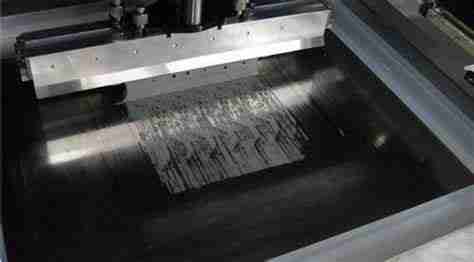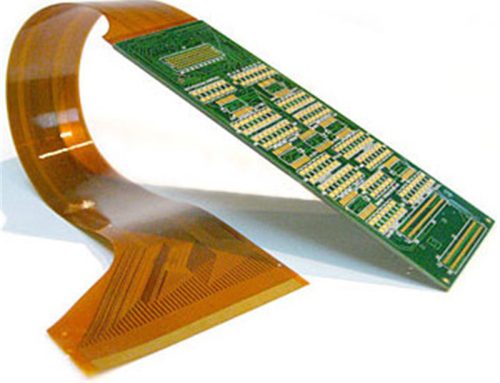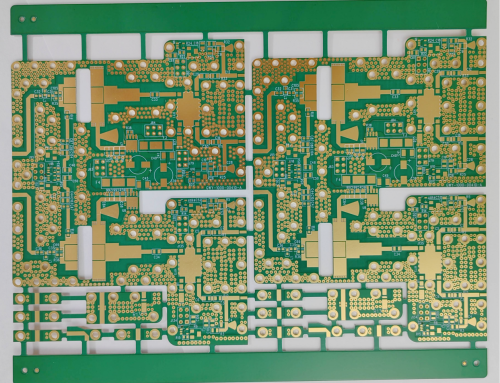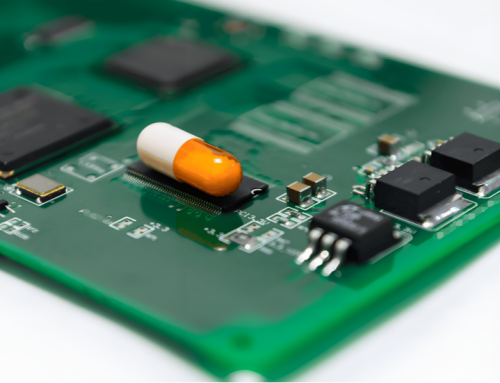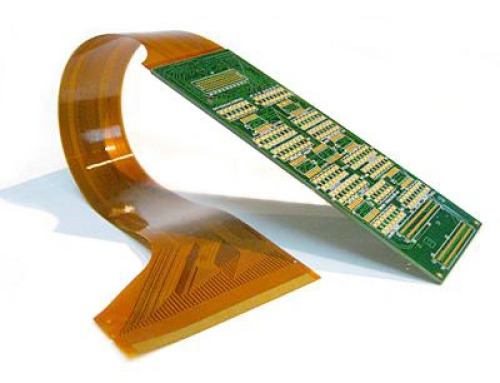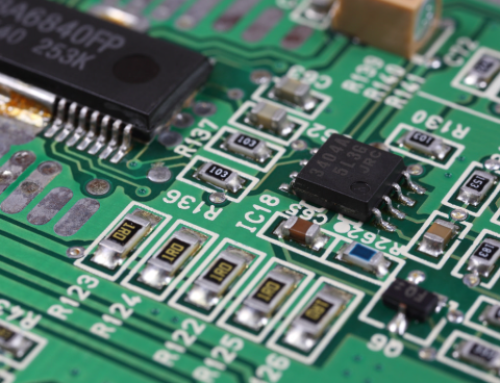SMT Welding Paste Printing Defect Analysis
Table of Conent
Table of Conent
In surface mount technology (SMT) printed circuit boards (PCBs), welding paste printing is crucial. Since welding paste directly determines the formation of welding joints, its printing quality has a decisive influence on the performance and reliability of surface-mounted components. Ensuring high-quality welding paste printing is the key to ensuring the quality of welding joints and the quality of the final product.
According to relevant statistics, up to 60% to 90% of welding defects are related to defects in the welding paste printing process. Therefore, it is important to understand the causes of welding paste printing defects.
Shenzhen assypcb: The following table shows the analysis of welding paste printing defects in detail:
| project | factor | analyze | |
| 1 | Welding Paste | Powder formation | Powder formation Irregularly shaped welding powder can easily cause clogging of the steel mesh holes. This situation will result in a significant decrease in post-printing quality. After reflow welding, welding ball and short-circuit bridge defects may also occur. In comparison, spherical welding powder performs better and is especially suitable for fine-pitch QFP printing. |
| Granularity | If the particle size is too small, insufficient adhesion of the paste may result. This substance will exhibit higher oxygen content and cause welding balling issues during reflow welding. To meet the standards of fine-pitch QFP welding, the particle diameter should be controlled between 25 and 45 microns. If the required particle diameter is 25 to 30 microns, ultra-fine welding paste with a particle size of fewer than 20 microns should be used to meet the welding needs of high-density pin ICs. | ||
| Flux | Flux contains thixotropic agents, which give the welding paste pseudoplastic flow properties. Since the viscosity of the welding paste decreases when passing through the template hole, it can be quickly applied to the PCB pad. When the external force is removed, the viscosity is restored, ensuring the structure will not deform.
The flux content in the welding paste should be controlled within the range of 8% to 15%. Lower flux content may result in the over-application of welding paste, while higher content may result in an insufficient amount of welding applied. |
||
| 2 | Stencil | thickness | A stencil that is too thick will result in welding bridge shorts.
A stencil that is too thin will result in insufficient welding. |
| Aperture size | When the stencil aperture is too large, welding bridge short circuits may occur.
When the stencil aperture is too small, insufficient welding paste will be applied. |
||
| Aperture shape | It is recommended to use a circular template aperture design. Its size should be slightly smaller than the PCB pad size to prevent bridging defects during reflow. | ||
| 3 | Print parameters | Blade angular velocity and pressure | Blade angle has a significant effect on the vertical force exerted on the welding paste. If the angle is too small, the welding paste cannot be fully squeezed into the template holes. The ideal blade angle should be set between 45 and 60 degrees.
Increased printing speed means less time for welding paste to pass through the surface of the stencil holes. Excessively high printing speeds may result in improper application of welding paste. Therefore, the printing speed should be controlled between 20 and 40 mm per second. If the blade pressure is too low, it will prevent the welding paste from being applied cleanly to the stencil; if the pressure is too high, it may cause excessive welding paste leakage. Typically, blade pressure should be set within approximately 5 Newtons to 15 Newtons per 25 mm. |
| 4 | Printing process control | PCB humidity | If the humidity level on the printed circuit board (PCB) is too high, the water under the welding paste will evaporate rapidly, causing welding spatter and welding balls.
Drying is recommended for PCBs manufactured more than six months ago. The recommended drying condition is 125 degrees Celsius for four hours. |
| Paste Storage | If welding paste is applied without temperature recovery time, water vapor in the environment will condense and penetrate the paste, causing a welding spatter.
Welding paste should be stored in a refrigerated environment at 0 to 5 degrees Celsius. The welding paste should be moved to room temperature to preheat within two to four hours before use. |
||
The above content is an analysis of welding paste printing defects listed by assypcb SMT Processing.
Latest Blog
Contact Info
Phone: +86-755-82882936
Email: [email protected]
WhatsApp: +86-13570802455
Wechat: +86-13570802455
Address: 2nd floor,D Bldg.,Electric Link Technology Bldg.,Gongming,Guangming New Dist.,518106 Shenzhen, China

